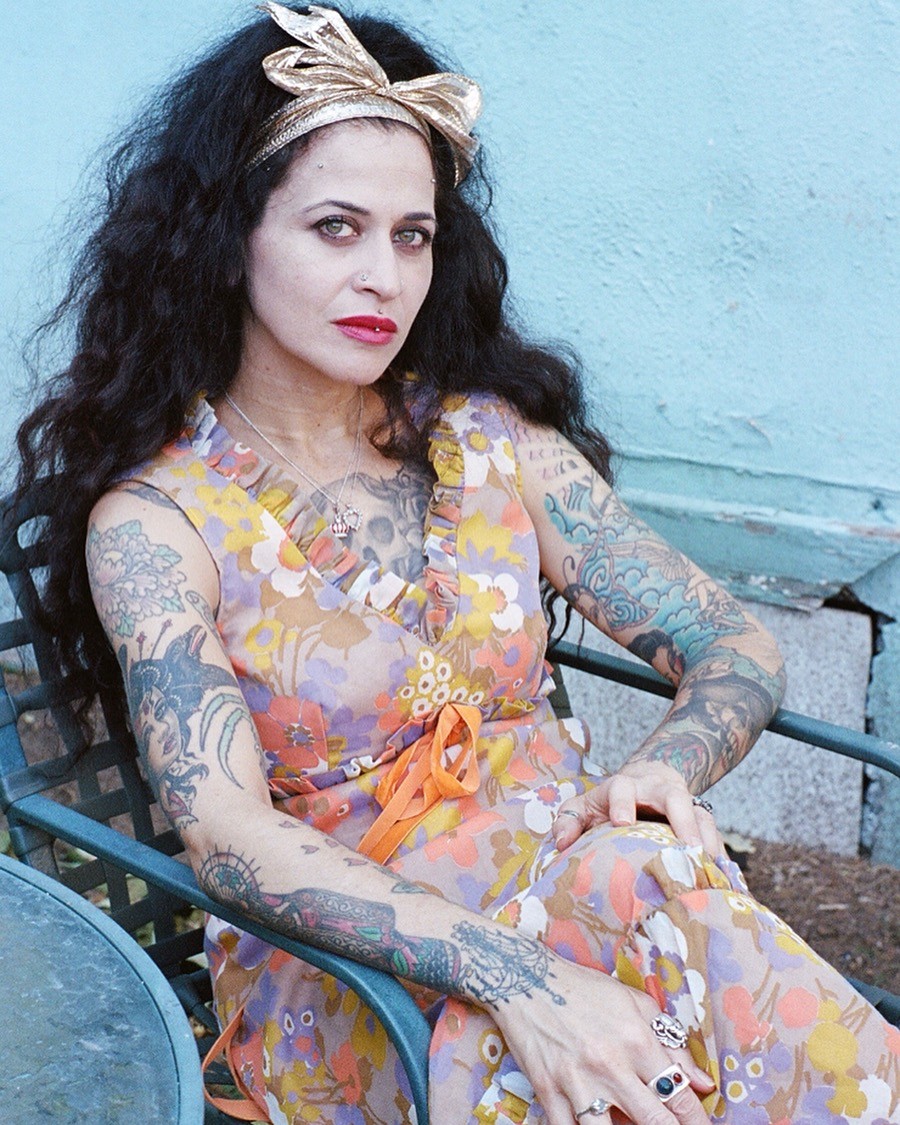We’re excited to introduce you to the always interesting and insightful Chantal Menard. We hope you’ll enjoy our conversation with Chantal below.
Hi Chantal, thanks for joining us today. How did you learn to do what you do? Knowing what you know now, what could you have done to speed up your learning process? What skills do you think were most essential? What obstacles stood in the way of learning more?
There really wasn’t a clear-cut path to how I began making assemblage. I studied graphic design in college. As it would turn out, I didn’t have much of interest in doing magazine layouts for corporate institutions or designing logos. At the time, I also found it very difficult to sit still at a desk for long periods, pushing a mouse around on the screen. While studying graphic design, I was also doing a piercing apprenticeship at a tattoo shop in Pasadena. I found more joy in working with the human body as art and interacting with people, one on one.
During my downtime between piercing clients, I would create assemblages and collages out of old discarded items and images I had collected. This was a pastime I had enjoyed in my childhood and teenage years. I didn’t know it was a considered an art form, it was just something I did. I loved putting things together to tell a story, and it was something I could do without spending a fortune on materials.
My background in graphic design and piercing, definitely played a role in how I create. It taught me composition and working with three-dimensional form. Lucky for me, I had a father who was a machinist/mechanic, so he actually helped me in terms of learning to work with tools, and not to be afraid to get a little messy in the process, which definitely happens. And my mom taught me about collage when I was very young, so it was something I carried with me and let it evolve over time.
It’s difficult to say how I could’ve sped up my learning process. The hard part was finding people who also made assemblage. I knew a lot of painters and tattoo artists, but it was a while before I met a kindred spirit. I eventually met Jack Howe, an assemblage artist in Santa Cruz. I had seen his work in a gallery here in LA. I decided to find him online and email him. As luck would have it, he and I would be showing in a gallery together, so we would have the opportunity to meet in real life. I would say that after meeting Jack Howe, I really felt the assemblage world opened up in a much more profound way. To this day, I consider him to be a dear friend and mentor. Perhaps If I had known him earlier on in my life, I would be much further along than I am now, but you never can tell, can you?
I think time and money are always the obstacles in most people’s creative pursuit and can present hurdles. There are only so many days in the week. And trying to earn a living, pay your bills while getting lost in your artwork is a balancing act. Most people don’t just wake up one day and declare “I’m an artist and the money is going to roll in immediately” It takes time, dedication, you’ll go through rejections, a lot of people won’t understand it or be willing to throw money at your passion. You may have to work a “day job” in order to fund your art passion. There’s absolutely no shame in that. But ultimately, at the end of the day, it’s one’s own level of willingness and determination that will drive them to want to learn more.
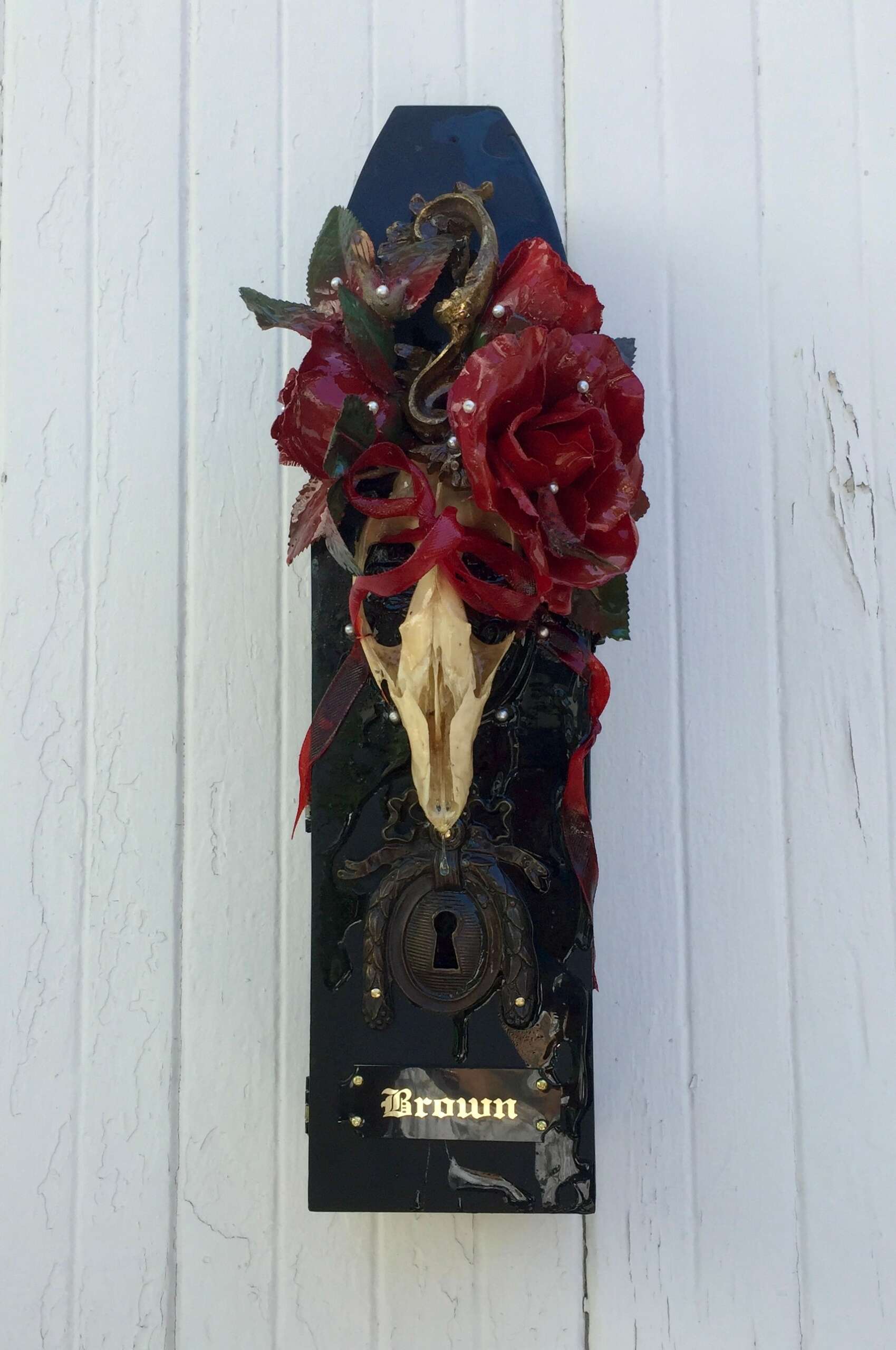
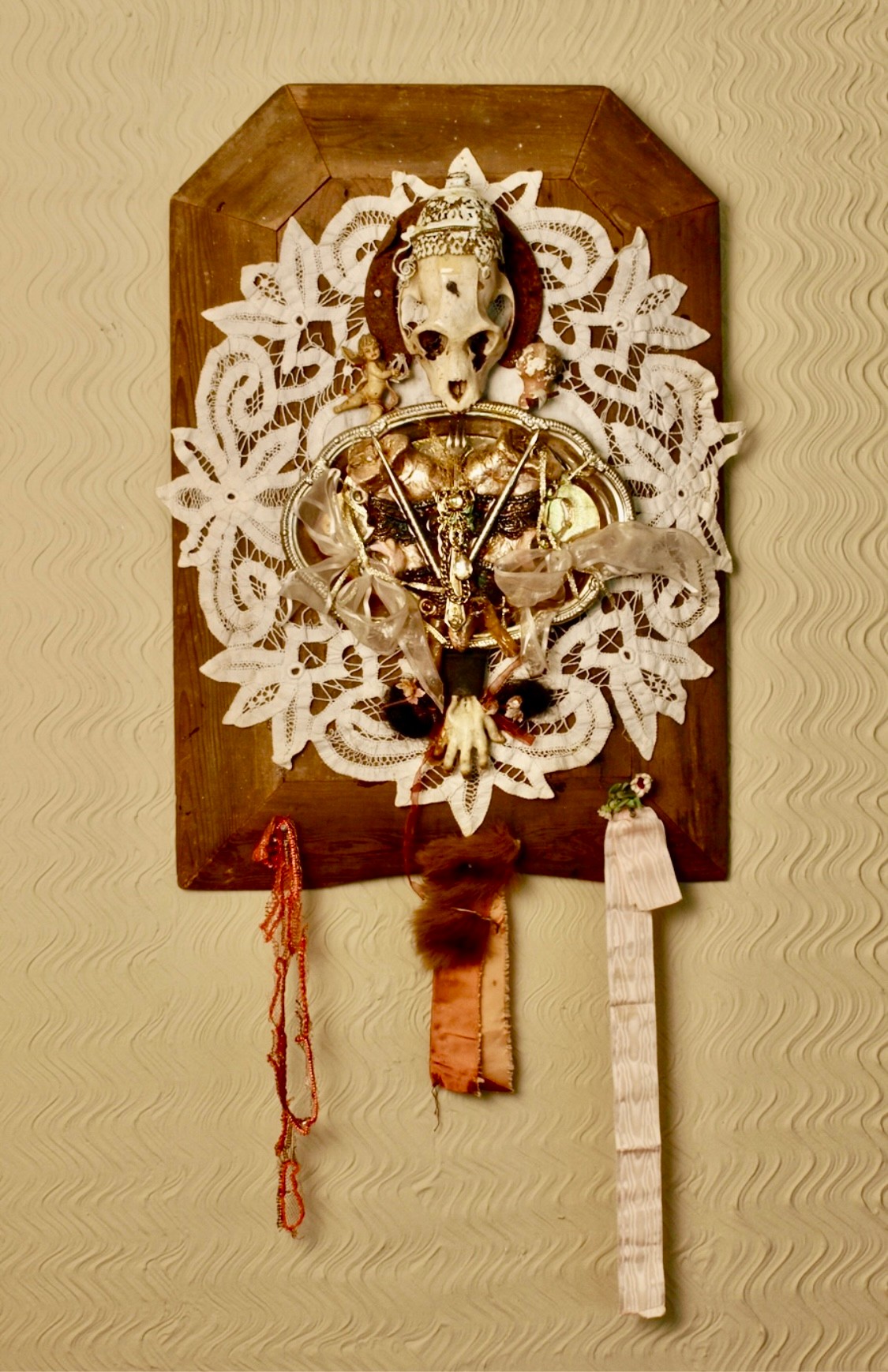
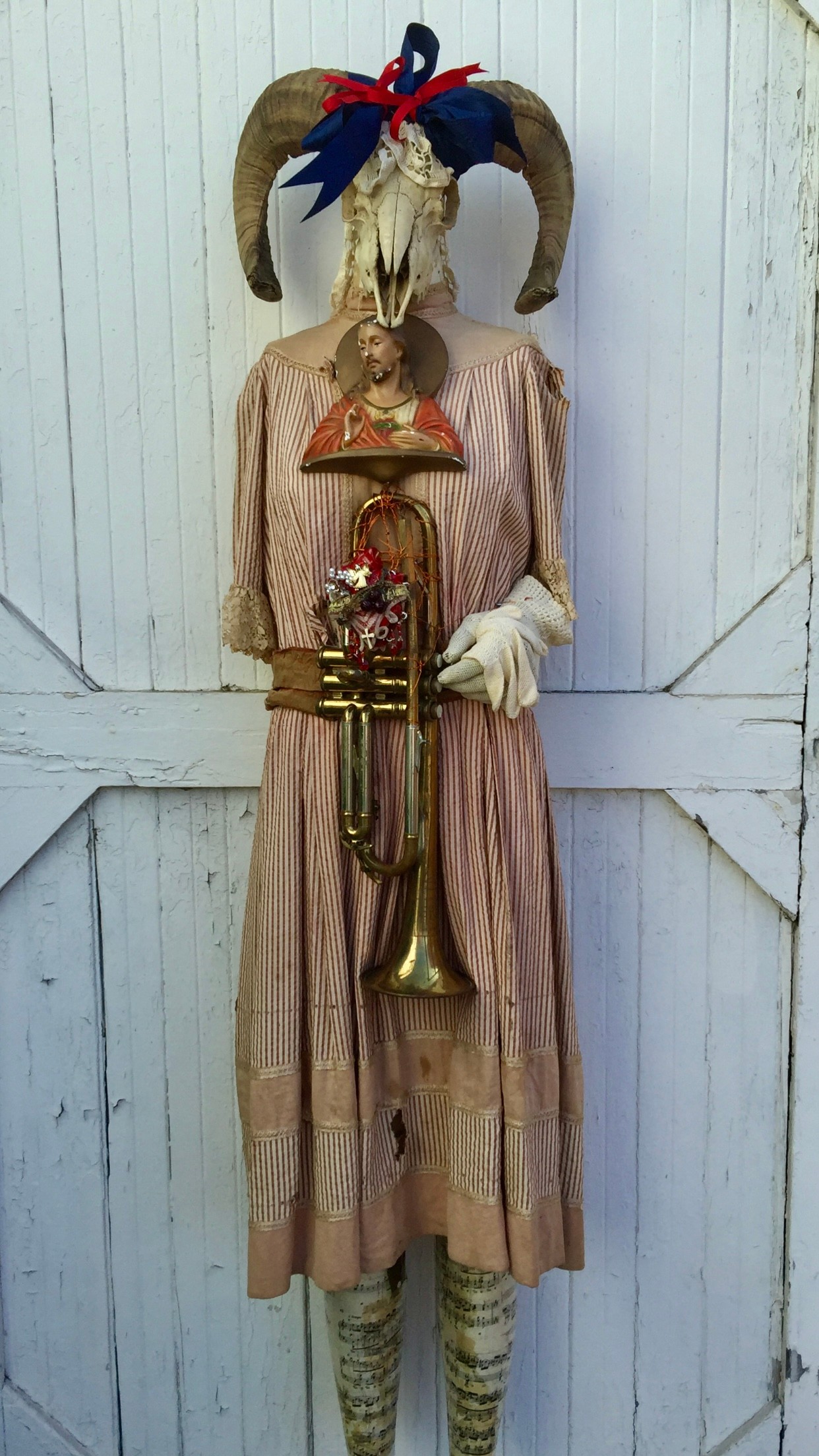
Great, appreciate you sharing that with us. Before we ask you to share more of your insights, can you take a moment to introduce yourself and how you got to where you are today to our readers.
I refer to my work as “reliquary assemblages.” I utilize found elements, such as bone, hair, and other bits of ephemera. My pieces honor personal heroes, mentors, or moments in time, both historically and personally. I also create custom Memento Mori boxes/vessels in order to house cremains and souvenirs of loved ones. I love commissions for Memento Mori boxes, because I’m able to create something very sentimental for a collector/client where they will be able to hold their most precious belongings. I’ve seen clients cry when I deliver the final piece. Personally, it is truly a privilege, to be a part of honoring someone’s family legacy and creating a sacred space for their precious relics.
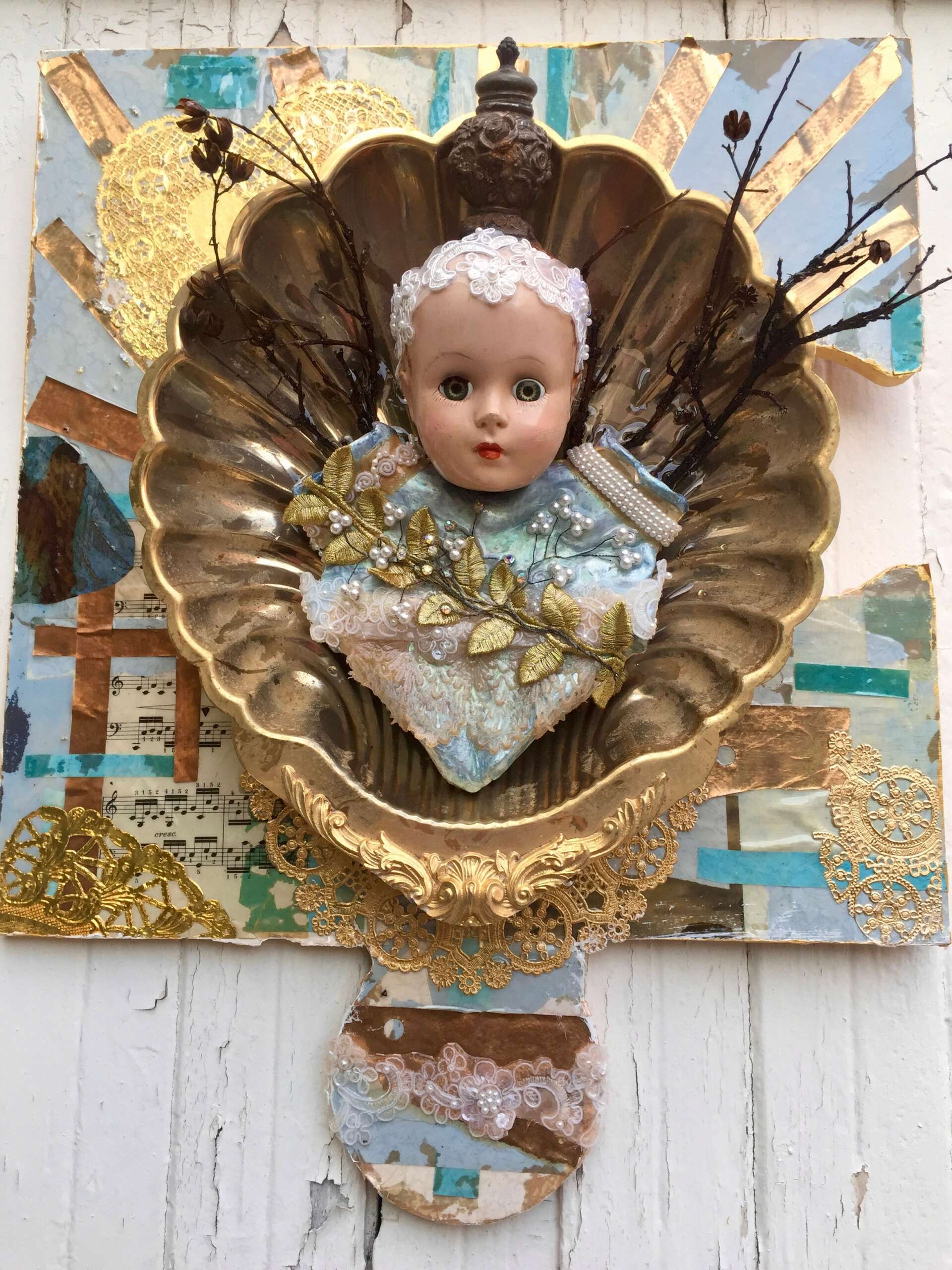
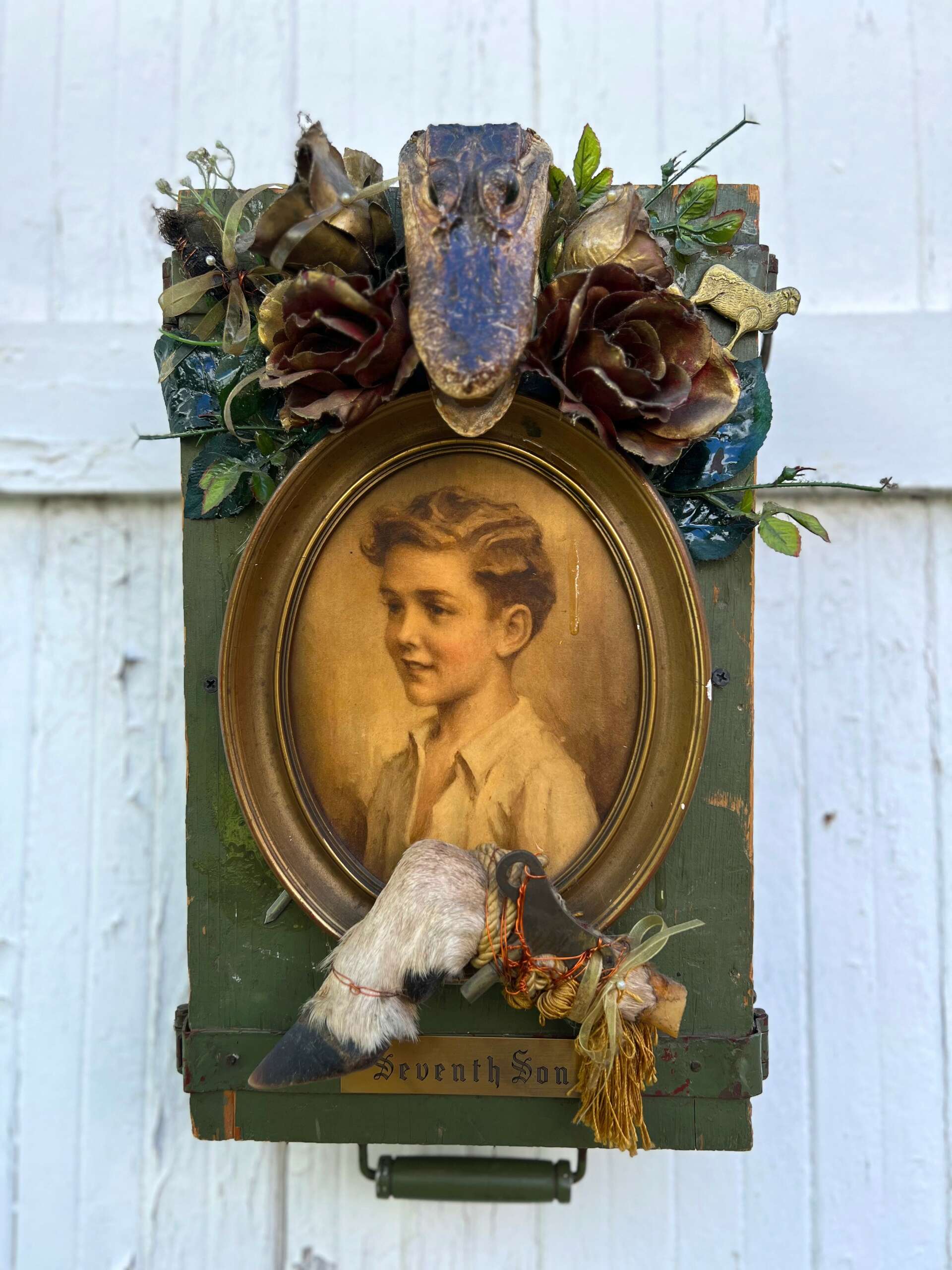
Is there a particular goal or mission driving your creative journey?
One of my goals in my creative journey is to be able to tell a story, visually. Objects aren’t being put in places randomly, each piece is layered with symbolism, metaphor, and purpose. I also care about the environment and waste-reduction. I love giving found and discarded objects a second life.


How about pivoting – can you share the story of a time you’ve had to pivot?
When my father was diagnosed with cancer in 2017, it was the moment everything changed for me. A lot of my work at that time, was inspired by him or incorporated bits of ephemera he had given me over the years. I was my father’s care giver, worked a day job, and was squeezing the few spare moments I had to work on my artwork. When he passed away in 2019, nothing could have prepared me for the emotional tsunami that ensued. It was the moment that my life was never the same and everything became categorized as “Life with dad, and life after dad.” There was a lot of elements in the end-of-life process that no one teaches you about, and you have to figure it out when it happens. As humans, I think the majority of us are ill-prepared for the inevitable and those responsibilities fall on the shoulders of the ones left behind.
It was hard to find motivation to make new work. I felt so empty, exhausted, and deflated after tidying up the end-of-life business. I was enveloped in sorrow, completely grief-stricken. It took a while, but eventually had to dip my toes in the “creativity pool” again. Even if it was making smaller pieces, works on paper, or writing. I had to try and harness creative energy somehow.
I guess I’m sharing this, because nearly everyone will lose a significant loved one, and you will have to pick up the pieces in your own life. It might take time, but hopefully you will trust in the process and find the courage and motivation to create again. Be gentle with yourself. We are all here having a human experience.
Contact Info:
- Website: chantalmenard.com
- Instagram: @chantalmenard
- Facebook: ChantalMenardOfficial
- Twitter: @chantalmenard
- Youtube: @MenardTube
Image Credits
A. Chorna


